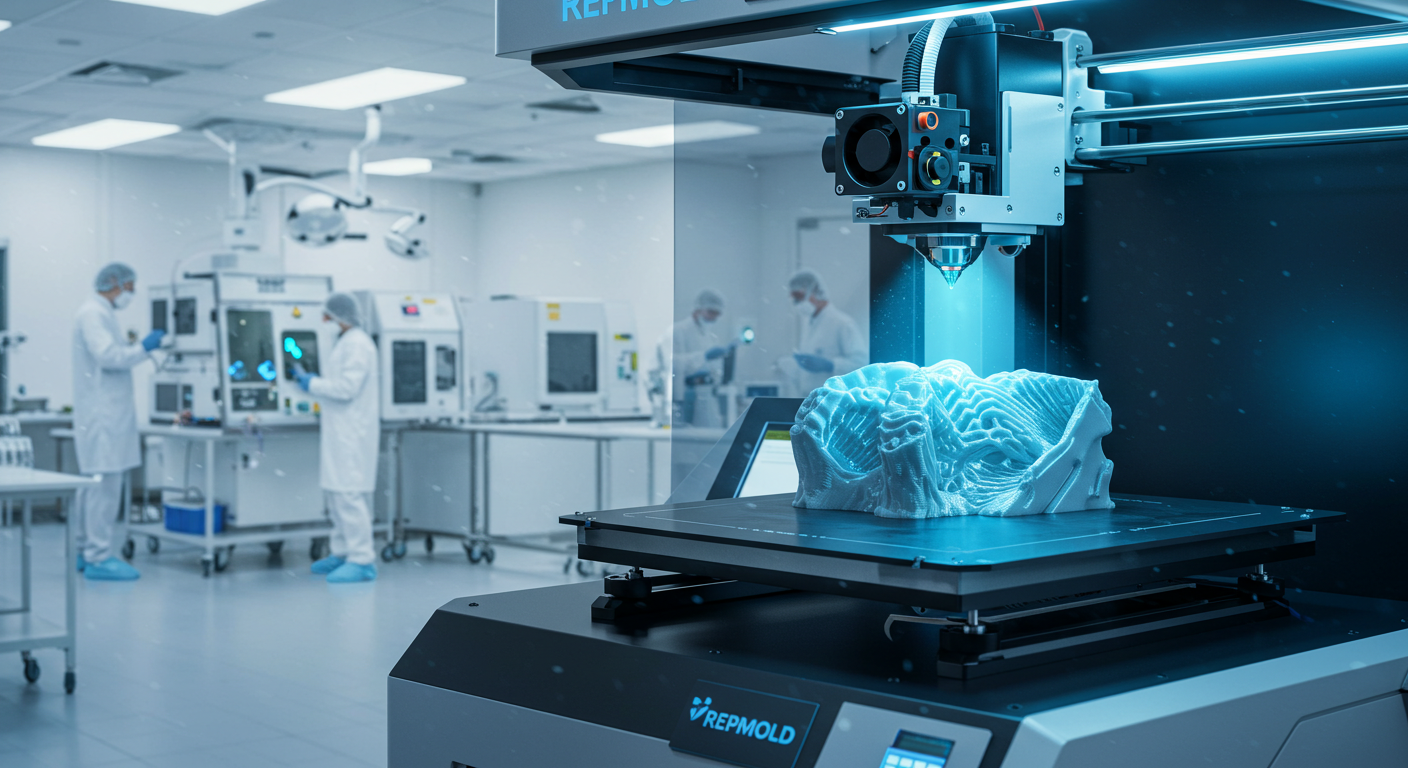In today’s fast-paced industrial and technological world, new concepts and terminologies constantly emerge. One such term that has gained attention is repmold. While it may sound unfamiliar to many, repmold represents a powerful idea that connects design, production, and innovation. Understanding repmold is essential for businesses, engineers, and creators who want to enhance efficiency and maintain quality in their processes.
This article explores the definition of repmold, its applications, benefits, and future potential in various industries.
What is Repmold?
The term repmold can be broken down into two parts: “rep” meaning replicate, and “mold” referring to a form or structure used in production. Together, repmold refers to a process or method of replicating molds to create consistent and precise products.
It can be applied to multiple industries, such as:
-
Manufacturing – creating identical parts through molding.
-
Design – ensuring that prototypes can be replicated with accuracy.
-
Technology – using repmold techniques in 3D printing and automated systems.
The idea behind repmold is not just about duplication, but about precision, standardization, and scalability.
The Role of Repmold in Manufacturing
One of the most common areas where repmold plays a vital role is manufacturing. In large-scale production, companies rely on molds to shape materials like plastic, metal, or composites. Repmold ensures that these molds can be reproduced or reused without compromising on quality.
Key Benefits in Manufacturing:
-
Consistency: Every unit looks and functions the same.
-
Efficiency: Saves time by reducing the need to redesign molds.
-
Cost Savings: Fewer errors lead to lower production costs.
Repmold is particularly valuable in industries such as automotive, electronics, and consumer goods, where mass production requires uniformity.
Repmold in Product Design and Prototyping
In design and prototyping, accuracy is everything. When engineers develop a new product, they often start with prototypes. Repmold helps ensure these prototypes can be replicated multiple times for testing and refinement.
Applications in Design:
-
Testing product durability.
-
Sharing identical models with different teams.
-
Accelerating the transition from design to production.
For startups and small businesses, repold can be a cost-effective way to bring ideas to life while maintaining quality control.
Repmold and Advanced Technologies
Technology is rapidly reshaping the world, and repold is no exception. From digital modeling to automated machines, modern tools allow the replication of molds with extreme precision.
Notable Uses in Technology:
-
3D Printing: Repold concepts are applied to print exact replicas of designs.
-
Robotics: Machines use repold systems for standardized assembly.
-
Artificial Intelligence: AI enhances the repold process by detecting defects early.
By integrating repold with these innovations, companies can achieve higher accuracy and streamline production lines.
Environmental Impact of Repmold
Sustainability has become a major focus across industries. contributes positively to environmental efforts by reducing waste and energy usage.
-
Material Efficiency: Using the same mold multiple times reduces excess material.
-
Energy Savings: Less rework means lower energy consumption.
-
Eco-friendly Production: Supports the circular economy by encouraging reuse.
This makes repold an important concept in green manufacturing and sustainable development.
Challenges in Implementing Repmold
While repold offers many advantages, it also comes with challenges that businesses must address.
-
Initial Investment: Creating high-quality molds can be expensive.
-
Maintenance: Molds require regular inspection and upkeep.
-
Technological Barriers: Not all companies have access to advanced repold technologies.
Despite these obstacles, the long-term benefits often outweigh the short-term challenges.
The Future of Repmold
The future of repold looks promising as industries continue to evolve. With the growth of smart factories and Industry 4.0, repold will likely become even more integrated into production systems.
Future Trends:
-
Automation: Fully automated repold systems to reduce human error.
-
Customization: Ability to replicate molds while allowing for minor personalized adjustments.
-
Global Expansion: Wider adoption across emerging markets.
As companies strive for efficiency and sustainability, repmld will remain a cornerstone in modern production.
Why Businesses Should Pay Attention to Repmold
Businesses that understand and adopt repold gain a competitive advantage. By streamlining production, reducing costs, and supporting sustainability, repold creates opportunities for growth and innovation.
Key Takeaways for Businesses:
-
Repmld improves consistency and product quality.
-
It reduces waste, energy, and overall costs.
-
Adoption can lead to faster market entry and customer satisfaction.
Whether in manufacturing, design, or technology, repmod has the potential to revolutionize business practices.
Conclusion
Repmold is more than just a technical concept—it is a driving force behind efficiency, sustainability, and innovation. From manufacturing and design to technology and environmental impact, plays a vital role in shaping the future of industries.
As businesses and industries look toward the future, adopting strategies will be essential for staying competitive. By balancing precision, cost-effectiveness, and eco-friendly practices, ensures that progress and sustainability go hand in hand.

